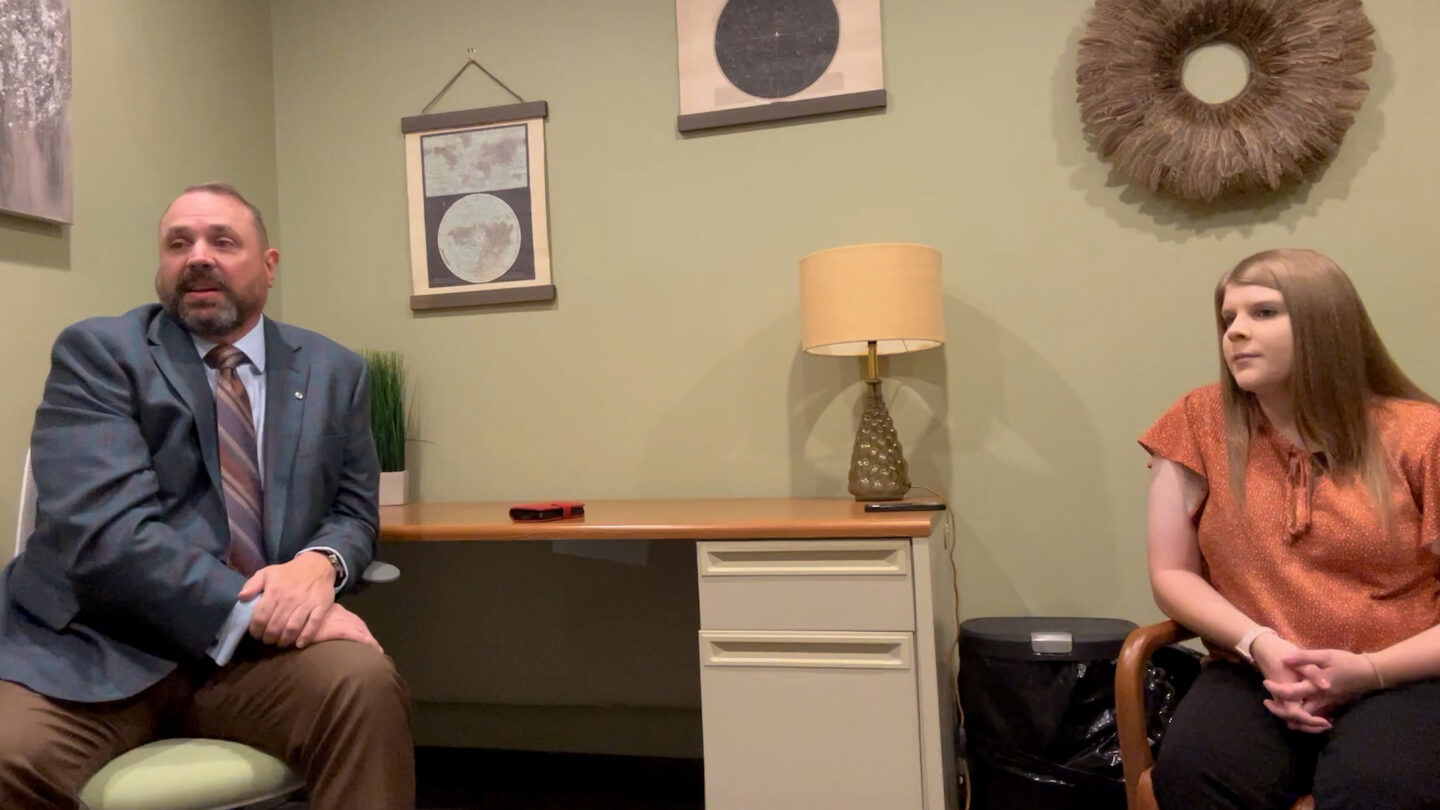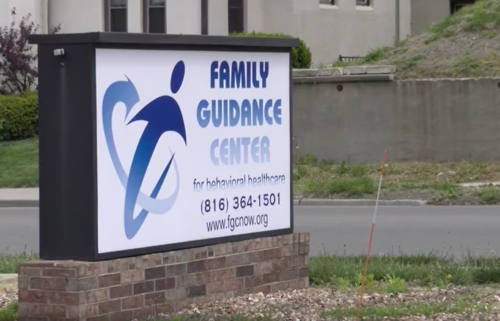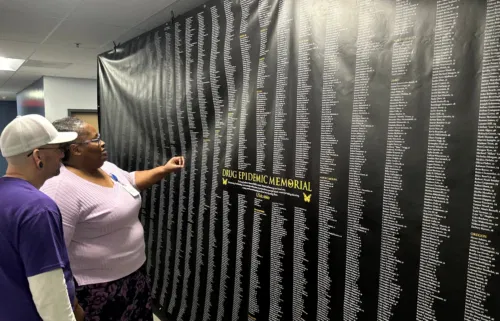Overcoming the stigma of going to counseling

By Charles Christian
The hardest step to take is often the first step, and that is true when it comes to getting therapy.
Therapists like Jeff Rabideaux and Emily Bowman at Fisher Counseling Services in St. Joseph said that the “person-centered” approach used my most counselors today can help overcome a client’s reluctance or hesitation.
“Everything we do is focused toward making the client feel safe and comfortable,” Rabideaux said. “I think the most important part is finding a counselor you resonate with — someone you feel comfortable talking to.”
This begins before a client even enters the building. Most counseling centers offer online intake documents. These documents ask comprehensive questions that deal with current concerns, past issues and goals for counseling, among other things. Current symptoms and any other medical conditions are also part of this initial evaluation. Based on this document, counselors schedule an initial visit and assist in making a healthy therapeutic connection.
“What I usually do is ask them if they’ve even been to counseling before,” Bowman said. “Assessing whether it’s going to be a good therapeutic relationship usually takes a couple of sessions.”
Both Rabideaux and Bowman agree that a connection can be made, and they both feel it is the duty of a good counselor to try and make that connection, either by working with the client or by referring the client to someone with whom they would be more comfortable.
Although medication plays a part in strengthening mental health, Bowman said that is not the initial focus of a counseling session, unless the client is already taking medicine for mental illness.
“If the client needs medication,” Bowman said, “we work with the primary care physician or our staff psychiatrist to find the right medication to address the need.”
The immediate presenting issue helps determine the approach in the counseling session, according to Bowman and Rabideux. They are quick to say that the entire process is not meant to be a “top down” approach, where the counselor dictates the session and the goals. In fact, Rabideux said, the opposite is true.
“The most important thing is making sure they know that not only are they included in the process,” Rabideaux said, “but that they’re in the driver’s seats. We (therapists) are more like passengers or navigators.”
Bowman added that the length of the therapeutic process varies, as well. Again, it is mainly driven by the client. Therapists help clients set goals. Then, as those goals are met, conversations continue about whether to work on more goals right away, to have periodic check-ins about ongoing needs or to end the therapeutic relationship altogether.
Information on finding a licensed counselor can be found from a variety or resources. Some therapists do online sessions exclusively, while others do face-to-face therapy or a combination of the two. Insurance companies can be a good source of finding counseling help. Psychology Today has a website that helps find local therapists at psychologytoday.com.
Local resources can also be found at newspressnow.com/bemindful/resources.
Mental health emergencies can be immediately addressed with the nationwide Suicide and Crisis Helpline by dialing 988.



